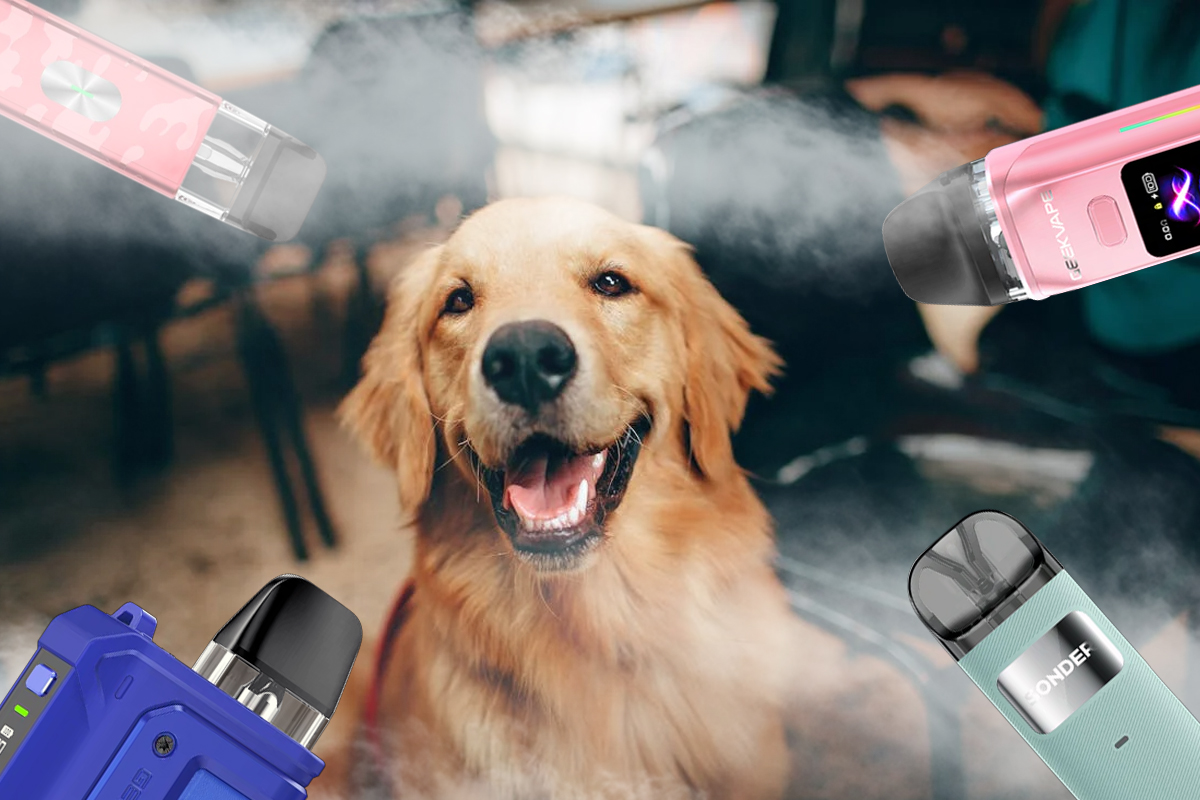Can Cats Get High From Vape Smoke? A Comprehensive Guide to Feline Safety
The sweet-smelling clouds from an e-cigarette might seem harmless, but for cat owners, a pressing question often hangs in the air: Can cats get high from vape smoke? As vaping becomes a common sight in households, understanding its true impact on our feline companions is more critical than ever. The short answer is unsettling—what you might mistake for a “high” is actually a sign of poisoning, a toxic reaction that can have devastating consequences for your pet.
This article provides a definitive guide for cat owners, exploring the science behind why vape smoke is dangerous for cats. We will delve into the specific toxic components, differentiate between a THC-induced “high” and nicotine poisoning, and outline the clear signs of distress your cat might display. From the invisible dangers of secondhand and thirdhand vapor to a step-by-step emergency plan, you’ll find the essential information needed to protect your beloved pet in a vaping household.
Can Cats Get “High” from Vape Smoke? The Truth About Feline Reactions
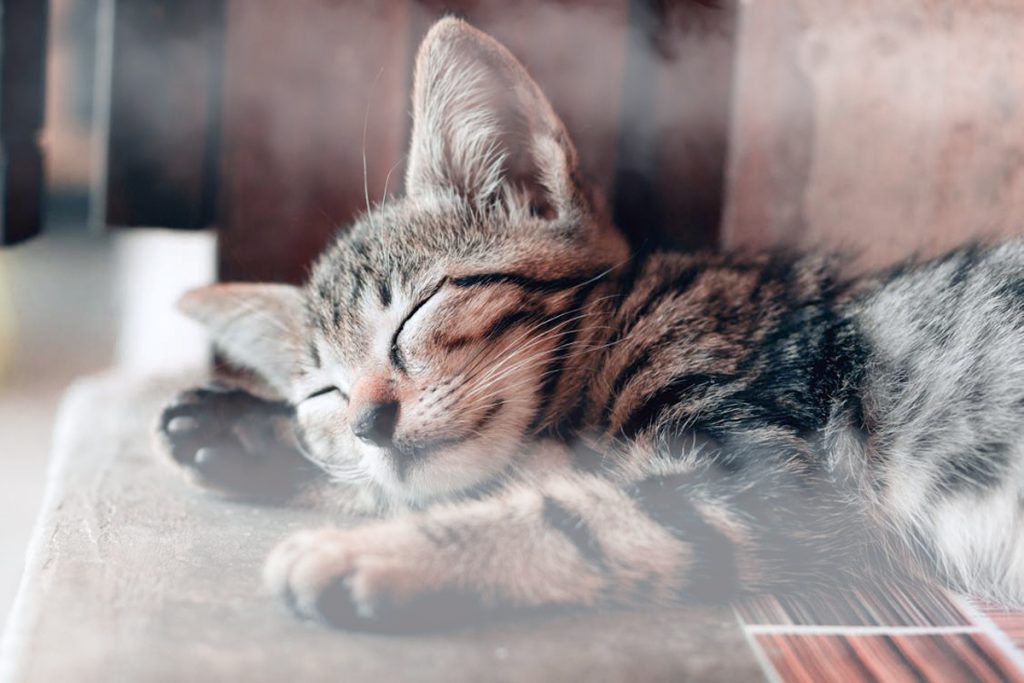
The concept of a “high” is a human one, often associated with the euphoric effects of THC, the psychoactive compound in marijuana. When it comes to vaping and cats, it’s crucial to separate this from the dangerous reality of toxicity. The disoriented, lethargic, or agitated state a cat might exhibit after exposure to vapor isn’t a sign of pleasure; it’s a neurological and physiological distress signal.
- THC Vapes and Cats: If you are using a vape containing THC, then yes, your cat can get high. However, this is not a pleasant experience for them. According to the Pet Poison Helpline, cats are highly sensitive to THC, and exposure can lead to THC toxicity. Symptoms are not of a mellow “high” but of a frightening overdose, including severe disorientation, agitation, urinary incontinence, drooling, vomiting, and in serious cases, seizures and coma.
- Nicotine Vapes and Cats: The vast majority of vapes contain nicotine, which does not produce a “high” in cats. Instead, it acts as a potent and fast-acting poison. Nicotine is a stimulant that can drastically affect a cat’s nervous system and heart. What might look like a “buzz” or hyperactivity is actually the beginning of nicotine poisoning, a serious medical emergency.
Therefore, while the term “high” might be used colloquially, it’s a dangerous misnomer. Any unusual behavior in your cat after exposure to vape smoke should be treated as a potential sign of poisoning.
The Dangers Lurking in Vape Smoke: What Your Cat Inhales

The aerosol produced by an e-cigarette is far from harmless water vapor. It’s a cocktail of chemicals that can be incredibly harmful to a cat’s sensitive system. Their smaller body mass and faster metabolism mean that even small amounts of these substances can lead to severe health issues.
- Nicotine: The primary danger is nicotine, a well-documented toxin for felines. E-liquids contain highly concentrated nicotine, and a single vape cartridge can contain a lethal dose for a small cat if ingested. Inhalation alone can cause significant harm. The American Society for the Prevention of Cruelty to Animals (ASPCA) warns that even so-called “nicotine-free” e-liquids have been found to contain trace amounts of nicotine, posing an ongoing risk.
- Propylene Glycol (PG): A common carrier agent in vape juice, propylene glycol is uniquely toxic to cats. While it’s found in some dog foods and is generally recognized as safe for canines, felines metabolize it differently. According to veterinary studies, PG exposure in cats can lead to a serious condition called Heinz body anemia. This disorder damages red blood cells, impairing their ability to carry oxygen throughout the body and leading to symptoms like weakness, pale gums, and fever.
- Flavoring Chemicals: The thousands of available e-liquid flavors are created with a complex mix of chemicals. While many are considered safe for human consumption (ingestion), their effects when aerosolized and inhaled, particularly by pets, are largely unknown and unregulated. Chemicals like diacetyl (a buttery flavor) have been linked to severe respiratory disease in humans, and similar risks of respiratory irritation and allergic reactions exist for our pets.
- Other Harmful Compounds: Research by the U.S. Food and Drug Administration (FDA) and other health bodies has shown that the process of heating e-liquid can create other dangerous compounds, including carcinogens like formaldehyde and acetaldehyde, which are then released into the air for your cat to breathe.
Secondhand and Thirdhand Vape Smoke: The Invisible Threats to Your Cat
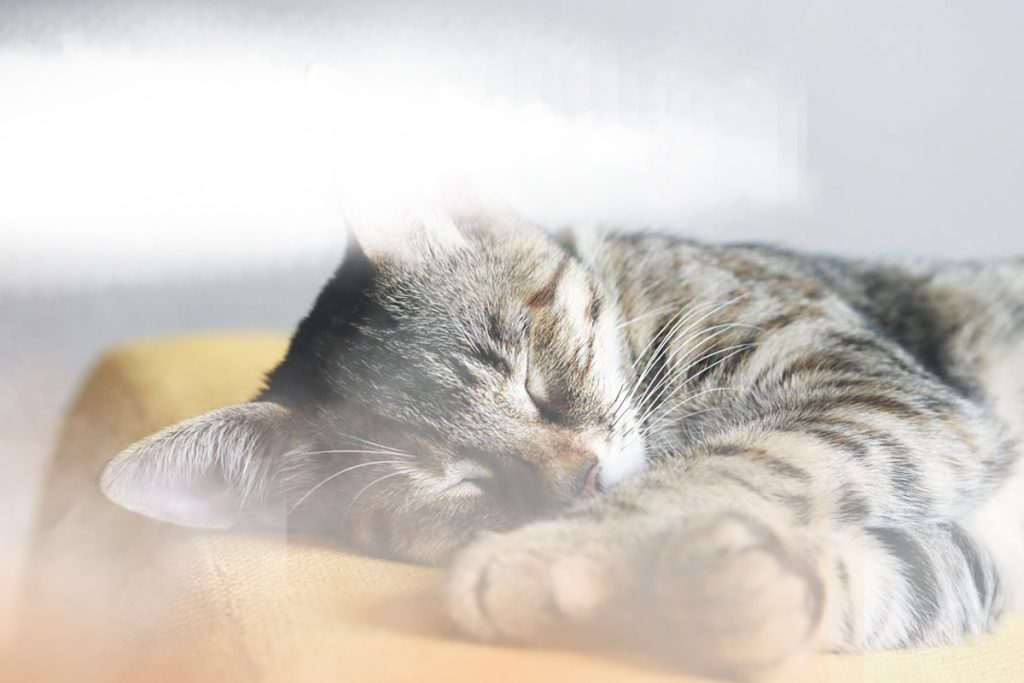
The danger doesn’t end when the visible cloud of vapor dissipates. The concepts of secondhand and thirdhand exposure are critical for any pet owner who vapes to understand.
- Secondhand Vape Smoke: This refers to the aerosol that is exhaled by the user. Cats in the vicinity directly inhale these toxic particles. Their smaller and more delicate respiratory systems are highly susceptible to the irritants within the vapor, which can trigger asthma attacks in cats with the condition or lead to the development of respiratory problems like bronchitis over time. Vaping in an enclosed, poorly ventilated space dramatically increases the concentration of these harmful substances in the air.
- Thirdhand Vape Smoke: Perhaps the more insidious threat to cats is thirdhand vapor. This is the sticky, invisible residue of nicotine and other chemicals that settles and coats every surface in a room where someone vapes—the furniture, carpets, bedding, and even your cat’s own fur. Cats are fastidious groomers, spending a large portion of their day licking their coats. In doing so, they can directly ingest the toxic residue left behind by the vapor, leading to a slow, cumulative poisoning. This residue can also contaminate their food and water bowls, presenting another route of ingestion.
Signs and Symptoms: How to Tell if Vape Smoke is Affecting Your Cat
Recognizing the signs of toxic exposure is the first step toward getting your cat the help it needs. Symptoms can range from mild respiratory irritation to severe neurological distress, depending on the substance and level of exposure.
Immediate Signs of Nicotine Poisoning:
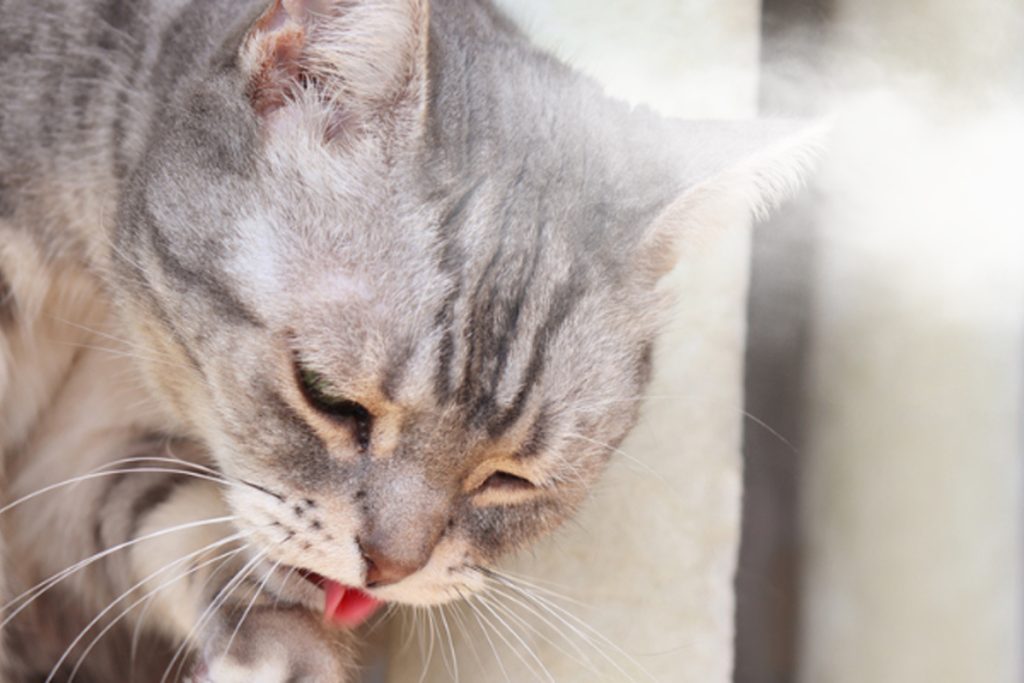
Nicotine poisoning can happen quickly, often within an hour of exposure. According to the Pet Poison Helpline, pet owners should watch for:
- Excessive drooling or foaming at the mouth
- Vomiting and diarrhea
- Agitation, restlessness, or hyperactivity
- Increased heart rate and panting
- Constricted pupils
- Tremors and muscle twitching
- Seizures
- Difficulty walking or standing
Signs of Respiratory Distress:
Exposure to airborne irritants like propylene glycol and flavoring agents can cause significant respiratory issues. Be on the lookout for:
- Persistent coughing, wheezing, or sneezing
- Labored or difficulty breathing (dyspnea)
- Open-mouth breathing (a sign of severe distress in cats)
- Nasal discharge
- Gasping for air
Long-Term and Subtle Signs of Exposure:
Chronic, low-level exposure from secondhand or thirdhand vapor can produce more subtle signs that may be mistaken for other conditions:
- Unexplained lethargy or depression
- A gradual loss of appetite
- An increase in the frequency or severity of asthma attacks
- Skin irritation or sudden allergic reactions from contact with residue
If you observe any of these symptoms, especially the acute signs of nicotine poisoning, it is critical to seek immediate veterinary attention.
What to Do If Your Cat Is Exposed to Vape Smoke or Ingests E-Liquid
If you suspect your cat has ingested vape juice or is showing severe signs of poisoning, time is of the essence. Acting quickly can be the difference between life and death.
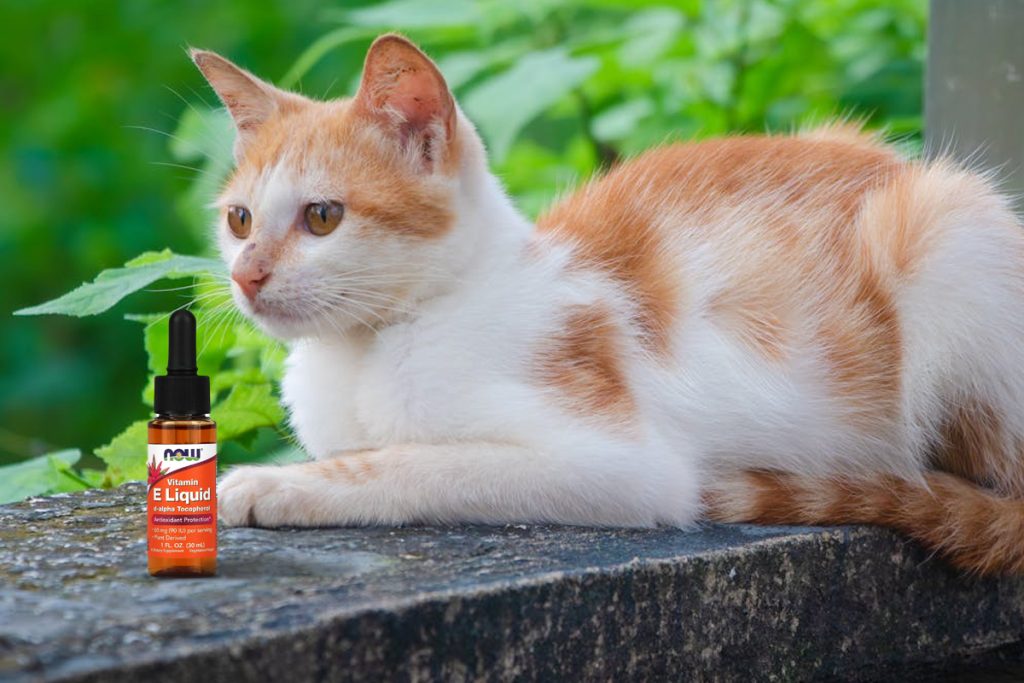
Emergency Steps:
- Remove Your Cat: Immediately move your cat away from the source of the vapor and into an area with fresh, clean air.
- Contact a Professional Immediately: Call your veterinarian, a nearby emergency vet clinic, or a pet poison control hotline. The Pet Poison Helpline at (855) 764-7661 and the ASPCA Animal Poison Control Center at (888) 426-4435 are available 24/7.
- Do NOT Induce Vomiting: Never try to make your cat vomit unless you are specifically instructed to do so by a veterinary professional. For caustic substances like e-liquid, this can cause further damage to the esophagus.
- Gather Information: Have the e-liquid bottle or vape device handy. Be prepared to tell the veterinarian the brand, the nicotine strength, the flavor, and how much you believe your cat was exposed to.
Veterinary treatment will depend on the severity of the poisoning but may include inducing vomiting, administering activated charcoal to bind the toxins, providing IV fluids to maintain hydration and flush the system, and offering supportive care to manage symptoms like seizures and heart irregularities.
How to Protect Your Cat from Vape Smoke: A Responsible Vaper’s Guide
The only way to completely eliminate the risk is to create a vape-free environment. However, if you choose to vape, implementing strict safety measures is non-negotiable for your cat’s health.
- The Golden Rule: Never vape in the same room as your cat. Their health is more important than the convenience.
- Vape Outdoors: The safest option is to vape exclusively outdoors, away from your pet.
- Designate a “Vape Room”: If you must vape indoors, choose a single, well-ventilated room that your cat is strictly forbidden from entering. Use an air purifier with a high-efficiency particulate air (HEPA) filter in this room and throughout your home to help capture airborne particles.
- Secure Storage is Crucial: Store all vaping devices, disposable vapes, e-liquid bottles, and replacement pods in a sealed container in a locked cabinet, completely inaccessible to a curious cat.
- Practice Good Hygiene: Always wash your hands thoroughly with soap and water after vaping and before you touch your cat, their food, or their toys.
- Be Mindful of Your Clothes: Nicotine residue can cling to your clothing. Consider changing your shirt or using a “vaping jacket” that you remove before interacting with your pet.
Frequently Asked Questions (FAQs)
Q1: Can cats get addicted to nicotine from secondhand vape smoke?
While the primary and most immediate danger is acute poisoning, chronic exposure to nicotine can theoretically lead to addiction in cats, just as it does in humans. However, the risk of life-threatening toxicity from a single exposure is a far more pressing concern for pet owners.
Q2: Are “nicotine-free” or herbal vapes safe for cats?
No, they are not safe. Even vapes without nicotine still contain propylene glycol (which is toxic to cats) and various flavoring chemicals that can act as respiratory irritants. Furthermore, vapes containing essential oils are extremely dangerous, as most essential oils are highly toxic to cats.
Q3: Is it okay to vape in a different room from my cat?
While better than vaping in the same room, it doesn’t eliminate the risk. The aerosol can travel through doorways and ventilation systems. More importantly, the risk of thirdhand vapor remains, as you will carry the residue on your clothes and body into other parts of the house, where your cat can be exposed through contact and grooming.
Q4: My cat seems to like the smell of my vape. Is this okay?
This is a major red flag. Many e-liquids have sweet, enticing scents (like fruit or vanilla) that can attract a curious cat. This attraction increases the risk that they will try to lick or ingest the highly toxic e-liquid. Their interest in the smell is a sign of danger, not enjoyment.
Conclusion: Prioritizing Your Cat’s Health in a Vaping Household
So, can cats get high from vape smoke? The answer is a definitive and resounding no—not in any way that is safe or pleasant. What may appear as a “high” is a toxicological crisis that puts your cat’s life at risk. From the potent poison of nicotine to the cell-damaging effects of propylene glycol and the unknown dangers of flavorings, every puff of an e-cigarette releases a cloud of potential harm for your feline friend. The invisible dangers of secondhand and thirdhand vapor mean that even careful vapers can unknowingly expose their pets. Ultimately, the health and well-being of your cat depend on clean air and a toxin-free environment. Making the compassionate choice to protect them from all vape exposure is the most responsible decision any cat owner can make.




